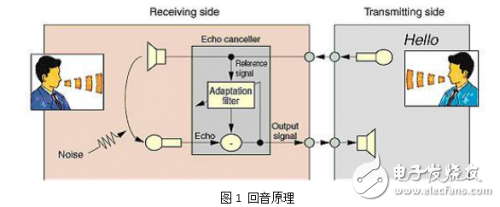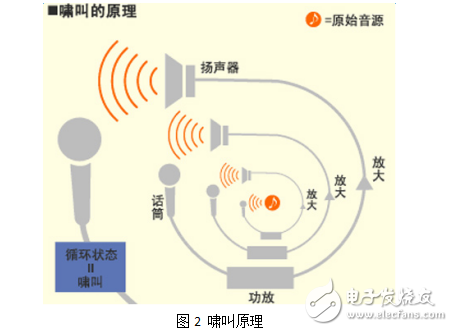Recently, when I was doing some intercom equipment and testing, each time I finished speaking to the microphone, I could always hear what I was saying from the speakers in front of me. I think of similar situations when I occasionally make phone calls. I just don't know why the phone has its own voice. I just thought it was a problem with the phone, a signal string, and no thought. This time it was a face-to-face encounter of this phenomenon. After understanding it, I learned that this is one of the most thorny problems in the design of intercom systems, echo issues. After a period of struggle with the echo issue, I have accumulated a lot of experience in echo cancellation. Today, I share this experience with everyone, mainly because of the use of a sound echo debug board. In order to share the complete design this time, the tool I use is EasyEDA. This site is very good support for open source hardware design, and Github is somewhat similar, but focused on open source hardware design, and personally feel much more than Github close to the people, Github only English version, born naturally for the gods tailored. Github focuses on the open source software, has a very powerful version management capabilities, can completely record the history of each text format file changes, and compare the differences between different versions of the file, and supports online reading code. However, this powerful management function is also limited to text-format files. For non-text files, Github considers it to be a file and only records its version. If you do not describe the content of the file modification in detail, skip it. It takes a lot of trouble to roll back the version after the time, and Github does not support online browsing of such files. EasyEDA supports online hardware design and has good project management and version management capabilities. Pick two diagrams to explain EasyEDA slightly, because the main operation is below it. Its basic principle is this: As shown in the figure below, the sound source (user speech) is collected from the microphone of the local device and sent to the remote device through the network. The remote device plays the sound of the sound source from the speaker (usually after amplification). If the remote device does not perform echo cancellation, the sound played by the speaker of the remote device will be collected by the microphone of the remote device, and will be transmitted back to the local device via the network and amplified and processed from the local speaker. . The analog intercom system is less subject to echo problems, for two reasons: 1. The transmission delay is very small. Even if there is a voice, it is often hidden in the voice of one's own speech, and the user is not easy to notice. 2. For the first reason, the echo cancellation of the simulation system is also relatively simple (partners who have known the echo cancellation algorithm should know that the time of the echo is the key parameter. The echo algorithm is not discussed here, so we will not go into details) Directly subtracting the output and input eliminates the effects of the echo. Our common analog intercom system has a traditional fixed telephone system, while IP telephony is a (digital) network intercom system. The following figure simply shows the formation of the howling, the basic reason is that the audio collected by the microphone is amplified and then broadcasted from the speaker. If the speaker is placed closer to the microphone, the sound waves are transmitted back to the microphone through the space, and the microphone will amplify the amplified sound. Once again, it is sent to the amplifier for amplification, and then broadcast from the speaker. As a result, the voice is repeated and the sound is louder and louder. From the viewer's point of view, the speaker is screaming louder and louder. This is a bit like a tsunami. Earthquake waves push the waves forward. Later waves will be superimposed on the waves in front of them. The higher the waves, the higher the waves will be, resulting in huge waves, causing astonishing destructive power. Echoes can also cause howls, but this return path includes not only space (acoustic echo propagation paths) but also circuit cables, but the reason for “calling†is the same, there is an audio loopback, and there are loops on the loop. Amplify the link. Table Air Purifier,Table Top Air Purifiers,Table Top Air Filter,Tabletop Hepa Filter CIXI KYFEN ELECTRONICS CO.,LTD, , https://www.kyfengroup.com
Spent a bit of saliva and described the design tools. If a worker wants to do something well, he must first sharpen his tools, so I will spend some time spreading the basic knowledge to those who have just encountered echo problems. 
